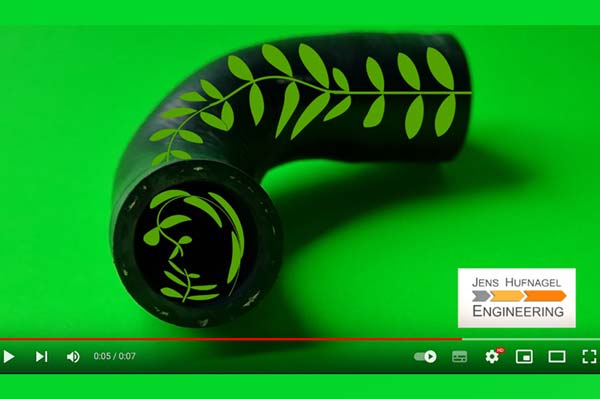
Lean = Green? (Does your (rubber) product fulfil today`s requirements for sustainability?)
Since the early 90s the Toyota Production System (Lean) has been acquired by countless companies. Some have managed to maintain or even develop the philosophy beyond being a polish for their brand.
Can the principles be adopted in the search for wasted energy? If we assume that the ratio for wastage / value is between 4000:1 to 400:1 (according to the standard observations) the statement of many energy consultants that up to 20% of energy could be saved should be seen as very superficial.
The wastage of energy might be seen as an eighth, ninth or tenth MUDA or can even be defined within the commonly known seven types.
Examples:
· Movement of energy streams (like warm exhaust)
· Movement of machine parts / robots
· Friction (of gears, machines, sheaving) or in pipes / tubes
· Suction units pumping heated air outside the building
· Leakages (compressed air)
· Oversized machinery
· etc
This post is an introduction for a series of articles referring to the saving of energy and therefore, avoiding C02
Aside from specialised rubber technology a few rules apply to any company.
1. Knowing your data
· Measure and monitor all your energy streams
· Include your supply chain and administration processes
· Relate them to time or ideally to the single produced part
2. Setting priorities
· Try to create an overall picture
· Define you top 10 consumers / products / areas
· Find a ratio of used energy vs needed energy ( boiling a single egg vs 1 l of surrounding water)
3. Create a strategy
· Is the process necessary (avoiding contamination vs washing)?
· Can the job be done by a smaller machine, less space?
· Can the process be homogenised (slower speed, lower energy level)?
· Is the process state of the technology (Light bulb vs LED)
· Is the scrap ratio already ZERO? Is rework needed?
4. Monitor and review the change process
· Measure the progress
· Adjust the strategy / priorities
· Rule : pick the low hanging fruits first
Next: Mixing and Rubber formulations
#sustainability #technology #lean #supplychain #strategy #energy #change
